
Ink & Pixel is a source of pride and joy for me as a writer and as such, I’m always striving to take this column further for those who read and enjoy it. If you yourself, or anyone you know, helped to make any of the amazing feature animated films found within this column, I would love to talk to you to further my knowledge. Please contact me at [email protected] so we can discuss it further.
Have I ever told you about the time my creepy neighbor tried to murder his sister with a shotgun? No? Well, listen up. So back in the 1980’s I lived on a relatively quiet street named Harrison Avenue. Living next door to me were the Romans. The Romans were a family of four that were rotting together inside a cigarette smoke-choked, single story ranch. It was a brother, sister, aunt, and uncle. Their cars never left the driveway and they only came out every now and again to fetch the paper from their overstuffed mailbox.

Then, ripping through the silence of an Autumn night came the sound of a shotgun blast, originating from the Roman’s perpetually quiet home. The story goes that Brother Roman, in an effort to shoot his sister, missed, and in a fit of insanity and rage ran naked into the street. Brother Roman then died in the middle of the road from a heart attack, the shotgun still clenched in his hand. Reportedly, the sister also died that evening due to the shock of these most tragic events. Why am I telling you this? Because a week later the family disappeared and their house became our very own MONSTER HOUSE. An urban legend. A place no one would dare to sell magazine subscriptions sponsored by the PTA.

MONSTER HOUSE is the 2006 film that utilized computer generated motion capture technology to create a family friendly horror/comedy produced by Image Movers and Amblin Entertainment. Written by Dan Harmon (of television’s COMMUNITY fame) and serving as the films Executive Producers, Robert Zemeckis and Steven Speilberg teamed up once again to create a film using mostly “performance capture” technology. This would be only the second film to use this particular brand of film making since Zemeckis’ questionably good POLAR EXPRESS.
In my estimation MONSTER HOUSE is sort of the young adult version of THE BURBS. 12-year-old DJ (Mitchel Musso) is a nosy child who spies on his crotchety, elderly neighbor, Mr. Nebbercracker (Steve Buscemi), every chance he gets. Before long there’s an altercation between DJ and Mr. Nebbercracker which causes the old man to suffer a heart attack to which he is then rushed to a hospital for treatment. That night, DJ receives a series of strange phone calls that trace back to Nebbercracker’s unoccupied home. DJ, now convinced that the house itself could very well be evil, decides to investigate the decrepit domicile with the aid of his friend Chowder (Sam Lerner), and classmate Jenny (Spencer Locke).

It’s not before long that DJ, Chowder, and Jenny come to find out that the house is indeed alive and cursed by the trapped spirit of Nebbercracker’s obese and angry wife, Constance the Giantess (Kathleen Turner). In Nebbercracker’s absence, the kids decide to investigate the spooky abode and perhaps lay the wretched soul of Constance to rest once and for all. It’s from here on out that the movie takes on a strong horror vibe and the mild scares and laughs flow like so many ghosts out for a cemetery stroll on Halloween night.

At the time, some movie goers were not thrilled to learn that Zemeckis would again be using a relatively new style of animation, first seen in his wintery adaption of Chris Van Allsburg’s POLAR EXPRESS. Apparently, many of them found the art style of the animation to be rather crude and creepy. I guess I can understand that. The character models aren’t as cartoon-like as some casual audience members are used to. There have actually been tests that were conducted many years ago about CGI technology in film. What was found was that in the case of CGI animated films, if the characters look “too” human, it puts the viewer off of the film almost entirely. Perhaps the core of it is that animated film allows for much more escapism than a live-action picture. The more something mirrors your reality the less likely you are to escape the norm. Just a thought.

Legend has it that Zemeckis cared not for the opinions of a few sour voices among the crowd and had decided to use the technology anyway. MONSTER HOUSE was to be filmed using a process called “performance capture.” In the case of performance capture, actors and actresses are given special wet suits adorned with 80 small “dots” located at all the major joints and muscles of the body necessary for filming. In addition to this suit each one of the actors must then have these special dots affixed to their face. First, a grid is drawn across the surface of the actors face, then a total of 72 dots are attached to specific intersecting lines using a special glue. After this, all of the places on your face that you use to emote are marked and seen by a special camera. Before long, the physical and emotional performance of your entire body can be filmed and used to create a “skeleton” for the animation team to work with inside the film.

It’s pretty amazing if you think about it. We now have an animation technology that can nullify the rest of your body and only highlight these special patterns pocked onto a suit you’re wearing. It’s weird and wild stuff, man. But I can’t imagine having to work on an empty sound stage with only my imagination and a series of placement markers as my guide.
In fact, that was one of the aspects of filming this movie that many of the cast had found the most daunting. There’s no atmosphere. There are no costumes. If any objects need to be held during the film you’re given replicas of those objects, only they’re made using wire and glue. The reason for this is so the objects don’t obstruct the view of the camera from seeing the dots as your body moves within the scene.

One of the benefits to shooting a film digitally is that because you’re essentially using a computer program to film your movie, you have at your disposal an infinite amount of camera lenses to use. It’s simply a matter of changing the math and boom, you’ve got the lens you want, without all of the wasted time of changing it manually. And because the film is shot digitally there are a number of methods that can be implemented through the use of other devices mapped with films programmed specifications. For example, you could use a hand held device that works much like a handheld camcorder. Fixed with wheels at either side which are then used to simulate the pan and tilt of real camera, the filmmaker can achieve much more dynamic shots throughout the film.

Normally, because CGI animated films are made using computers, everything is perfect. By perfect I mean precise and calculated. The unbalanced nature of the human hand is removed from the equation and what you are left with are shots that are very flat. The hand held device allows the filmmaker to manipulate the perfect input given by the computer into something much more personal and dynamic. Suddenly the camera is swooping and ducking underneath objects. It gives the film a sense of motion and excitement and many filmmakers have gone on to use this device in their projects after seeing how well it worked out for MONSTER HOUSE.

Another vital aspect of CGI film making is the films audio soundtrack. During the filming of MONSTER HOUSE, in order to achieve the broken and tortured voice of the Monster House itself, the audio technicians lined hundreds of microphones inside of old houses and then tore them down. Every creak, crack, buckle, burst, and broken window was recorded multiple times and from many angles. After gathering a multitude of sounds found on the recording devices, very specific sounds were combined with the dialogue of a moaning Kathleen Turner inside of a sound stage to create the voice of the evil house. If you listen closely as the house reacts to the various scenarios throughout the film you’ll be able to hear the many angry words of this veteran actress.

When it was in theaters, MONSTER HOUSE grossed $140,175,006 worldwide. The film was met with mixed emotions both by the public and by the press. Many deemed the film a bit too intense for young viewers and took issue with the films “PG” rating. But it wasn’t all bad. Many fans of the horror genre found the film to be a delight and the film even managed to get nominated for an Academy Award for Best Animated Feature.

For what it’s worth, I think kids have got to toughen up a bit. I was raised on Horror films and I turned out just fine. Perhaps parents should take the time to explain the concept of movie magic to their children rather than always trying to shield them from every little thing that goes bump in the night. MONSTER HOUSE, scary or not, was an important film to the industry that showcased performance capture as a successful and worthwhile process. So butter up some popcorn, grab the kiddies, and check out a spooky animated film from the men who brought you THE GOONIES and the BACK TO THE FUTURE trilogy. Happy Halloween, everyone!


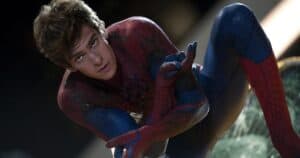
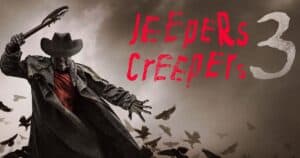
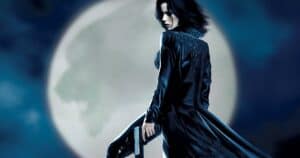
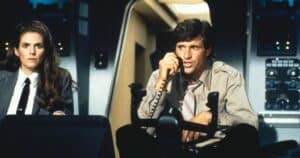
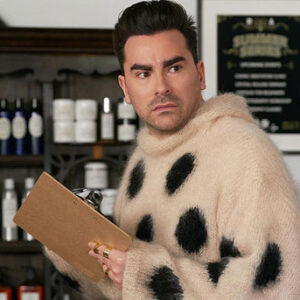
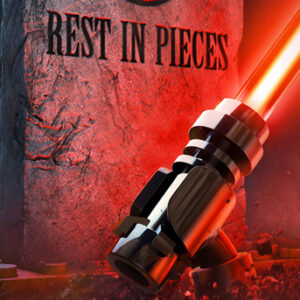
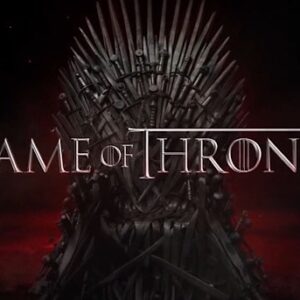
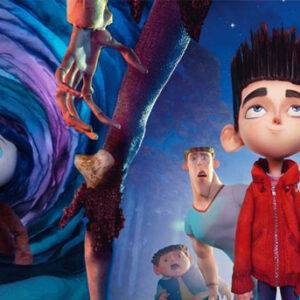
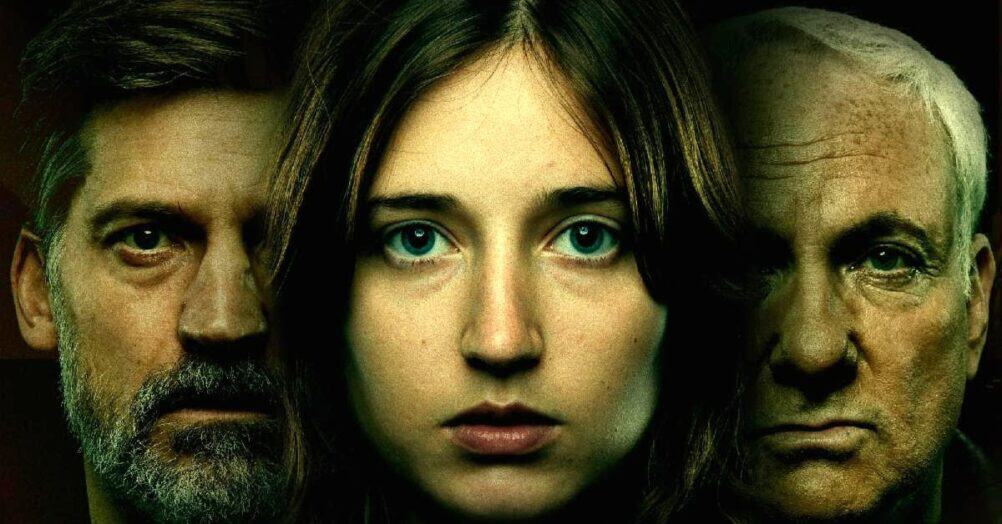
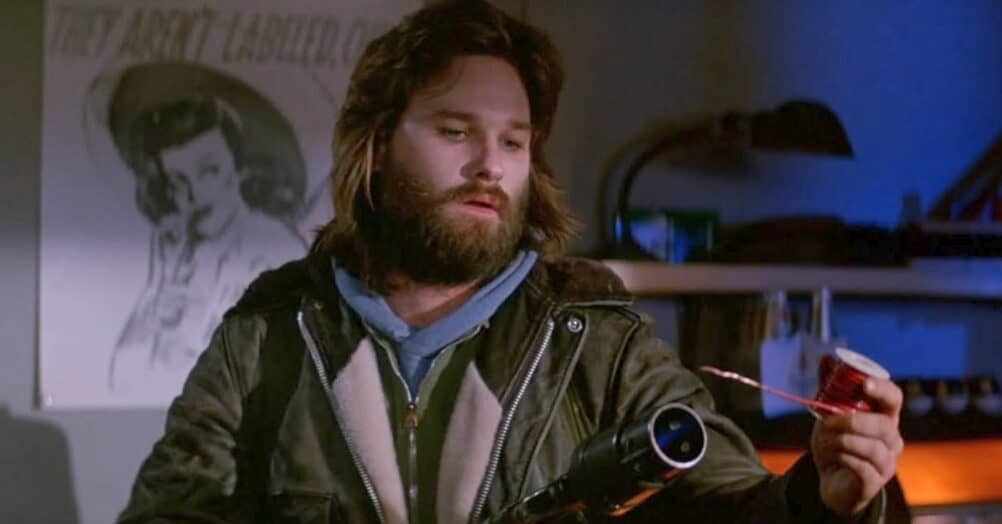
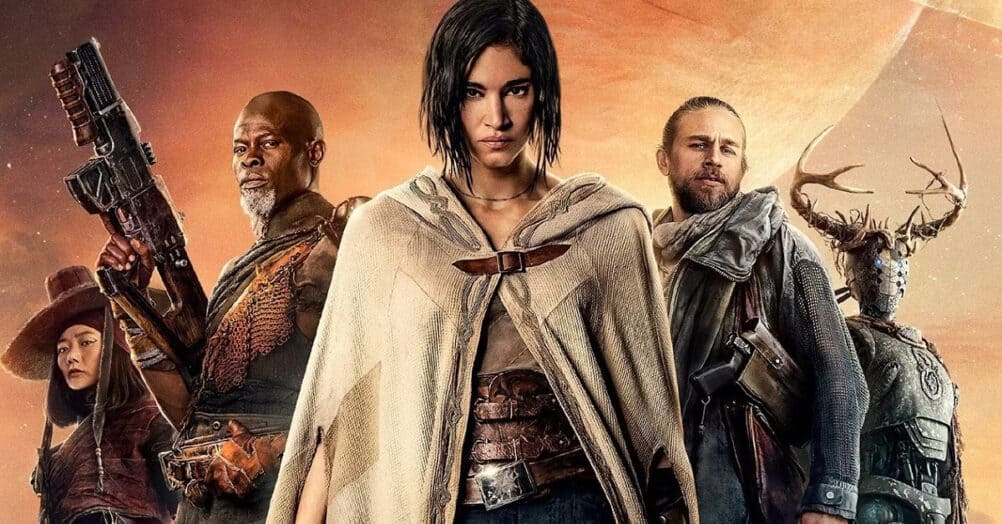
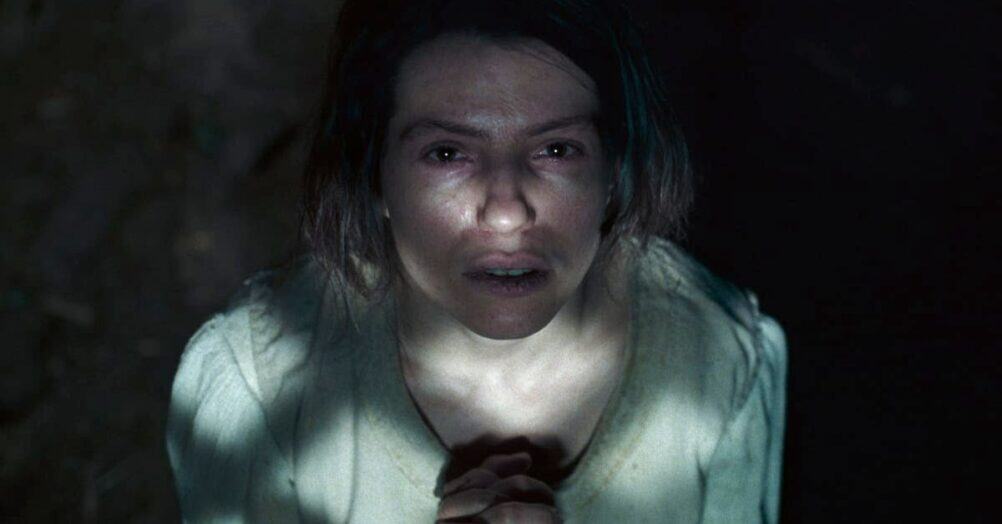
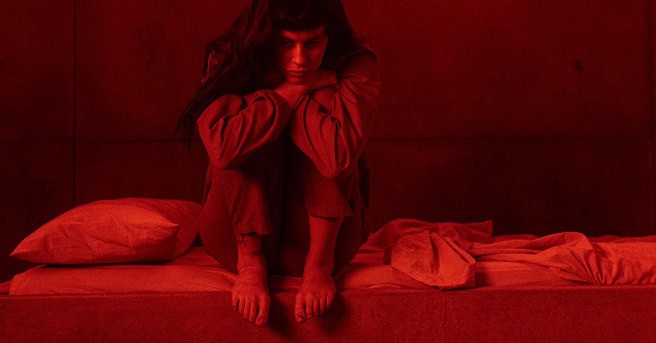
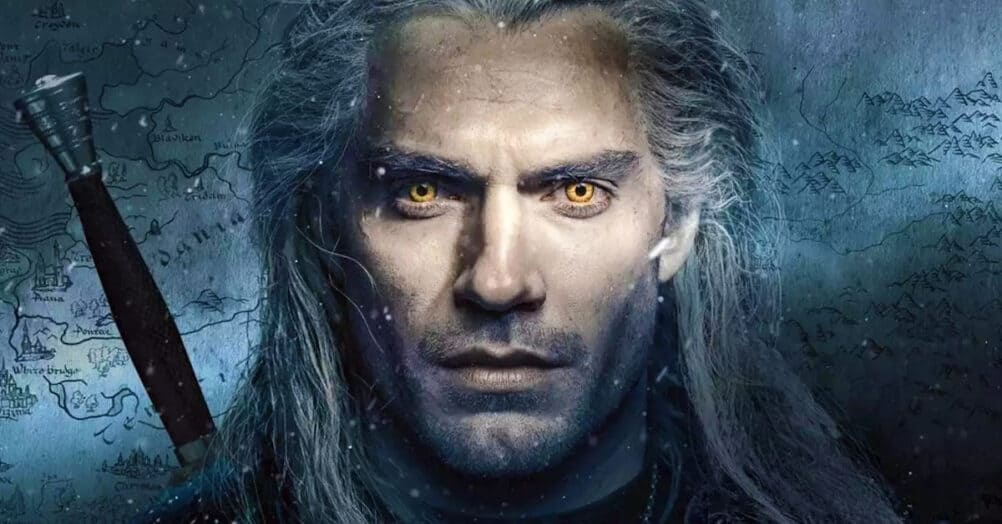
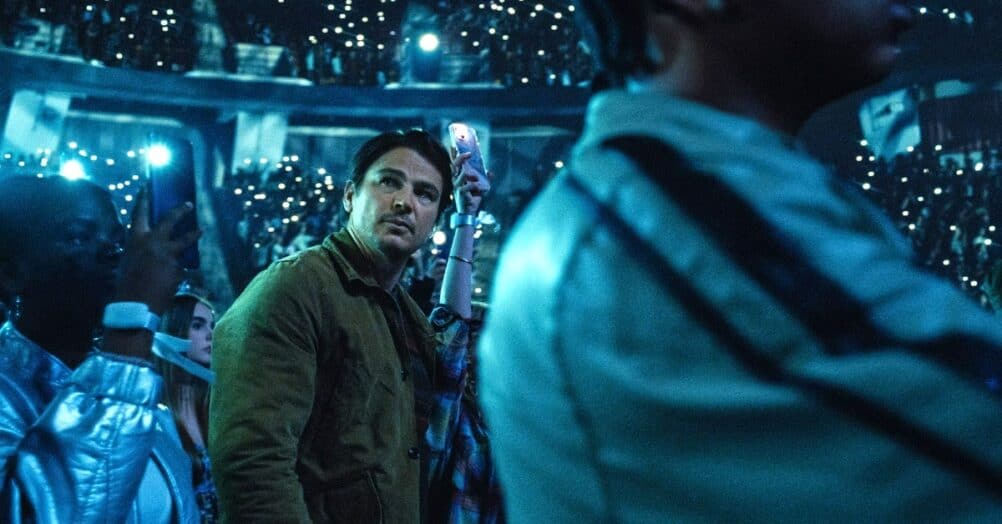
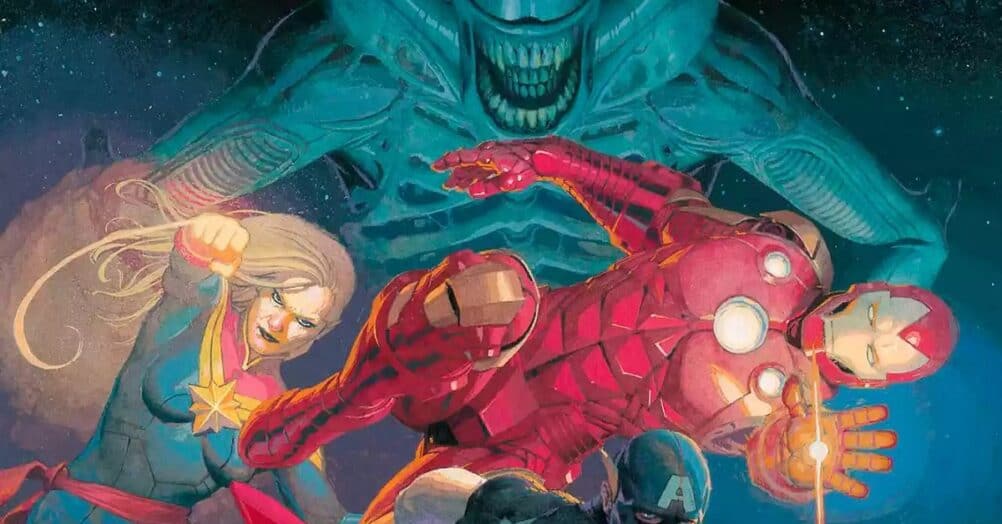
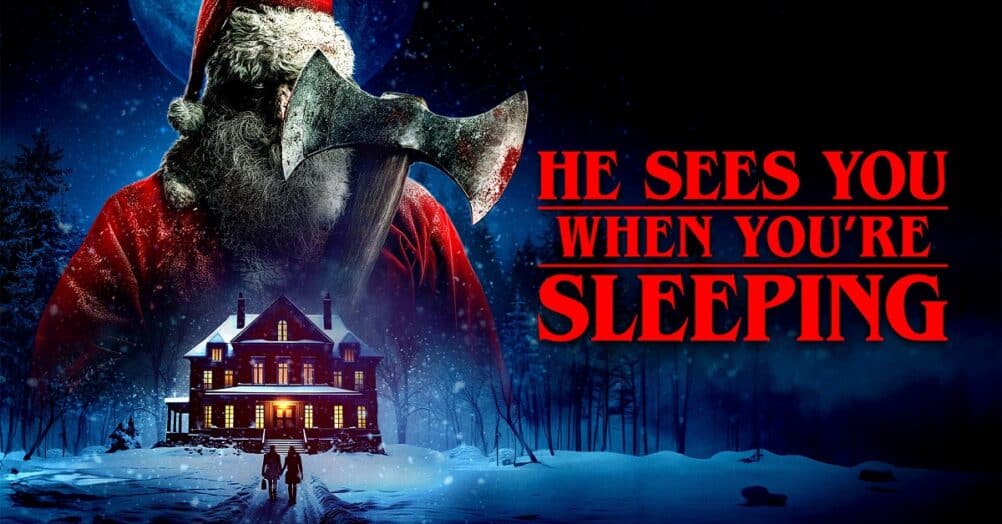
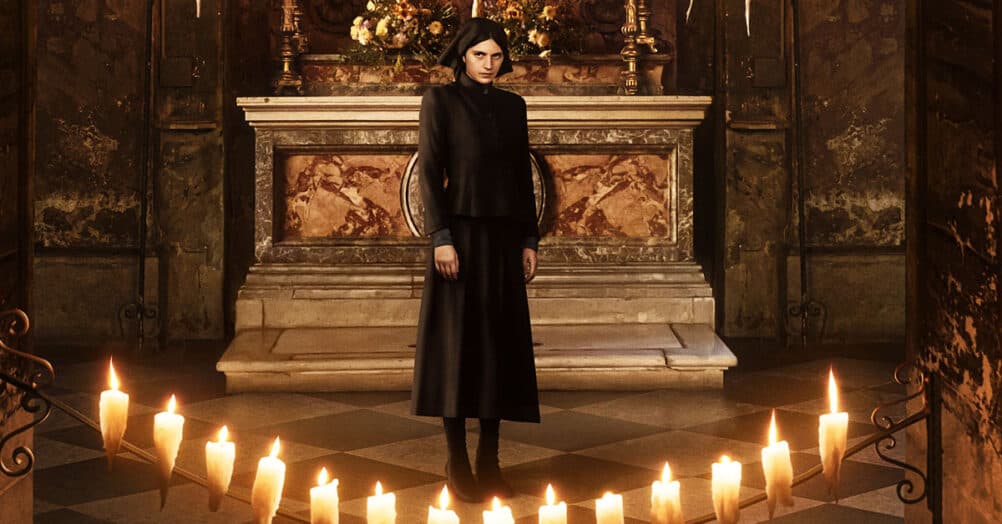
Follow the JOBLO MOVIE NETWORK
Follow us on YOUTUBE
Follow ARROW IN THE HEAD
Follow AITH on YOUTUBE